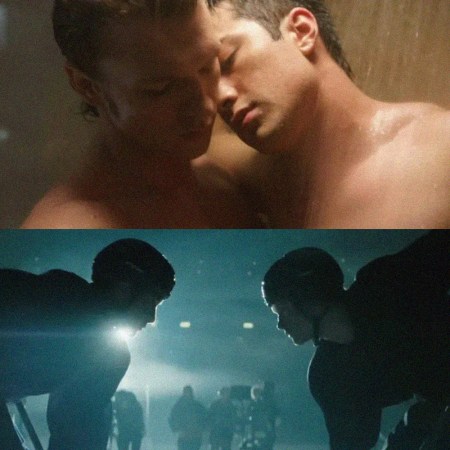During the Cold War, the U.S. government conducted more than 1,000 nuclear tests. Most of them occurred in the Nevada desert or remote Pacific islands, but not all. On October 22, 1964, about 100 miles from New Orleans in southern Mississippi, the U.S. Atomic Energy Commission decided to blow a gaping cavern in the Earth, as the first of two nuclear tests conducted there. These were the only tests performed on American soil east of the Rockies. Even today, people who lived through it have a hard time grasping what happened.
“I never did know why they wanted to do that,” says Donald Nobles, now 80, according to Atlas Obscura. But there were two reasons why the government did these tests in Mississippi: Suspicion and salt.
The United States, the Soviet Union and Britain were setting off atomic and hydrogen bombs by the late 1950s in the air, on land, and at sea. This fueled widespread public fear about cancer and birth defects. So in in 1958, experts meeting in Geneva proposed a massive network of sensors. These sensors could detect nuclear blasts, which appear on seismographs like earthquakes. But setting off a bomb underground could muffle the blast. The Atomic Energy Commission wanted to test this theory, and salt deposits were ideal, since they could be excavated more easily than rock. Therefore, it should be down in Mississippi, which is full of salt domes.
Afterwards, around 400 people filed claims for damages with the government, mostly for cracked plaster or masonry.
Thanks for reading InsideHook. Sign up for our daily newsletter and be in the know.


















